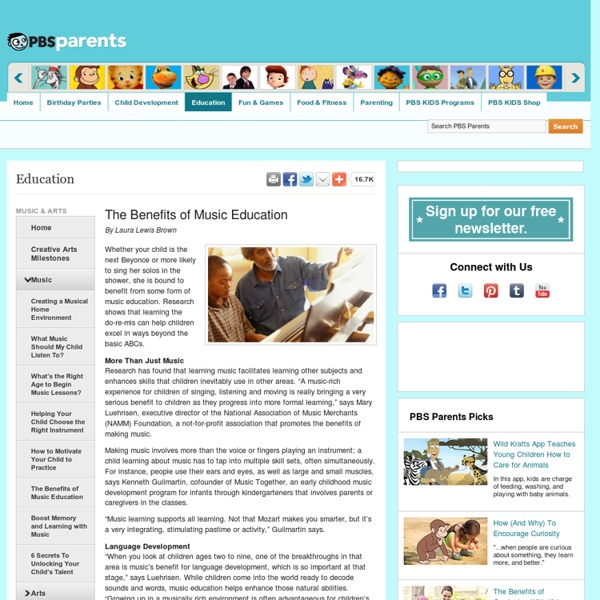10 Great Apps for Early Childhood Development
Education is on shifting ground as technology has made it possible to connect, record and educate children with more and more exciting tools. With so many tools and apps available, it’s hard to know where to begin. Many “educational” apps offer little in the way of education and there are many “entertainment” apps that can be quite educational. So how do you decide which tools are appropriate and can work with your pedogogy?
Top 10 Classroom Games - Quizalize Blog
Academic studies naturally coincide with rote teaching styles and textbook work. However, it is important to make learning exciting for students with interactive activities. Incorporating fun classroom games into your lesson plan offers a simple way to motivate your students, and encourage them to draw on their creativity and imagination.
Creative Drawing Ideas for Kids
As one way to encourage creative drawing and the continued use of our chalkboard, I occasionally add a drawing prompt and wait for the kids to find it. (And by kids, I mean Maia and possibly any friend she has over. Daphne is yet oblivious to such suggestion.) It almost always results in a thoughtful and unique drawing that veers from the usual drawings that I see them make. Drawing prompts are one of many creative drawing ideas for kids that get them thinking and creating differently.
Teaching Kids to Move Beyond One-Word Questions
“Does anyone have any questions?” It’s the dreaded question of early childhood educators everywhere. This can-of-worms question often leads to non sequitur statements that range from “I like your pants” to long-winded stories that start with “Once my grandma gave me a . . .”
FUN Critical Thinking Activities
For Students in Any Subject The experts on STAAR, such as the Texas Education Agency, the Lead4Ward team and Regional Service Centers tell us that there are some very specific things that we need to do, and other things we should let go of in order to prepare our students for the state assessment. In addition, these strategies can also deepen and broaden their knowledge. Allow for more collaboration on rich content between students (student-centered)Provide higher level thinking questionsGive ample wait timeIncrease critical thinking through authentic instructionFollow the DETAILS of your TEKSKnow the vertical alignment of your TEKS and collaborate with other grade levels The following are ideas for activities that you can use in conjunction with our curriculum in order to help meet some of these criteria, as it is necessary to adjust our mindset from TAKS driven packets to STAAR rich conversations and activities. Talking Chips
tips and tricks for kindergarten teachers lesson plan ideas
You join a special club when you become a kindergarten teacher. There are only a few of us who have what it takes to manage these littlest students who are often still moving in a hundred directions all at once when they arrive in our classrooms. We’ve scoured our WeAreTeachers Helpline and brought together 50 of the very best ideas for kindergarten teachers. 1.
Spelling Practice with Dolch Sight Words
ABCya is the leader in free educational computer games and mobile apps for kids. The innovation of a grade school teacher, ABCya is an award-winning destination for elementary students that offers hundreds of fun, engaging learning activities. Millions of kids, parents, and teachers visit ABCya.com each month, playing over 1 billion games last year.
First Grade Garden: Daily 5 and Writer's Workshop {freebies}
Alright, I am finally back with some writing ideas and freebies I promised! Be prepared for the longest. post. ever! In February, my teaching partner forced coerced asked me nicely to present a half-day session with her for our divisional P.D. day.
62 First Grade Websites That Tie into Classroom Lessons
These are my 62 favorite first grade websites. I sprinkle them in throughout the year, adding several each week to the class internet start page, deleting others. I make sure I have 3-4 each



